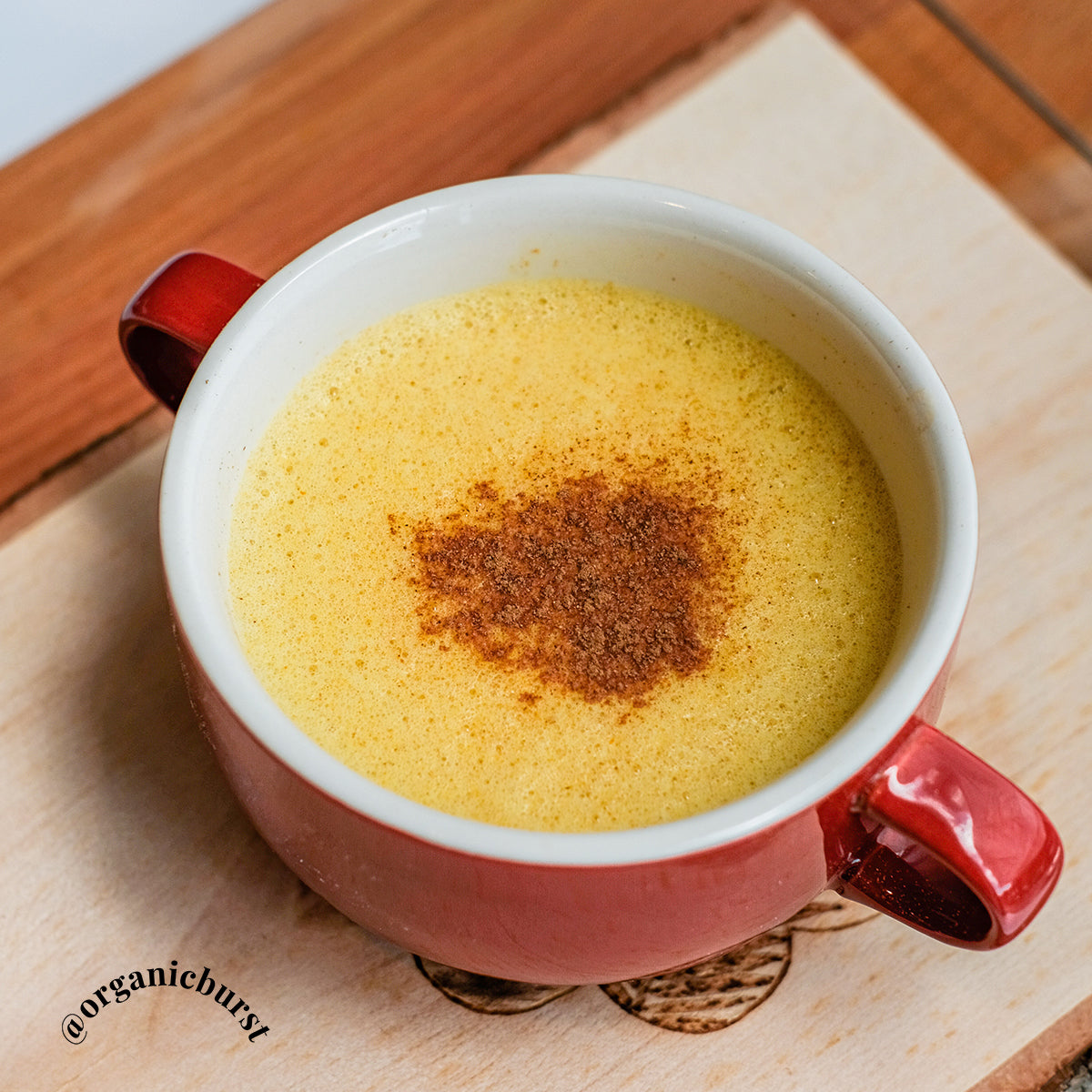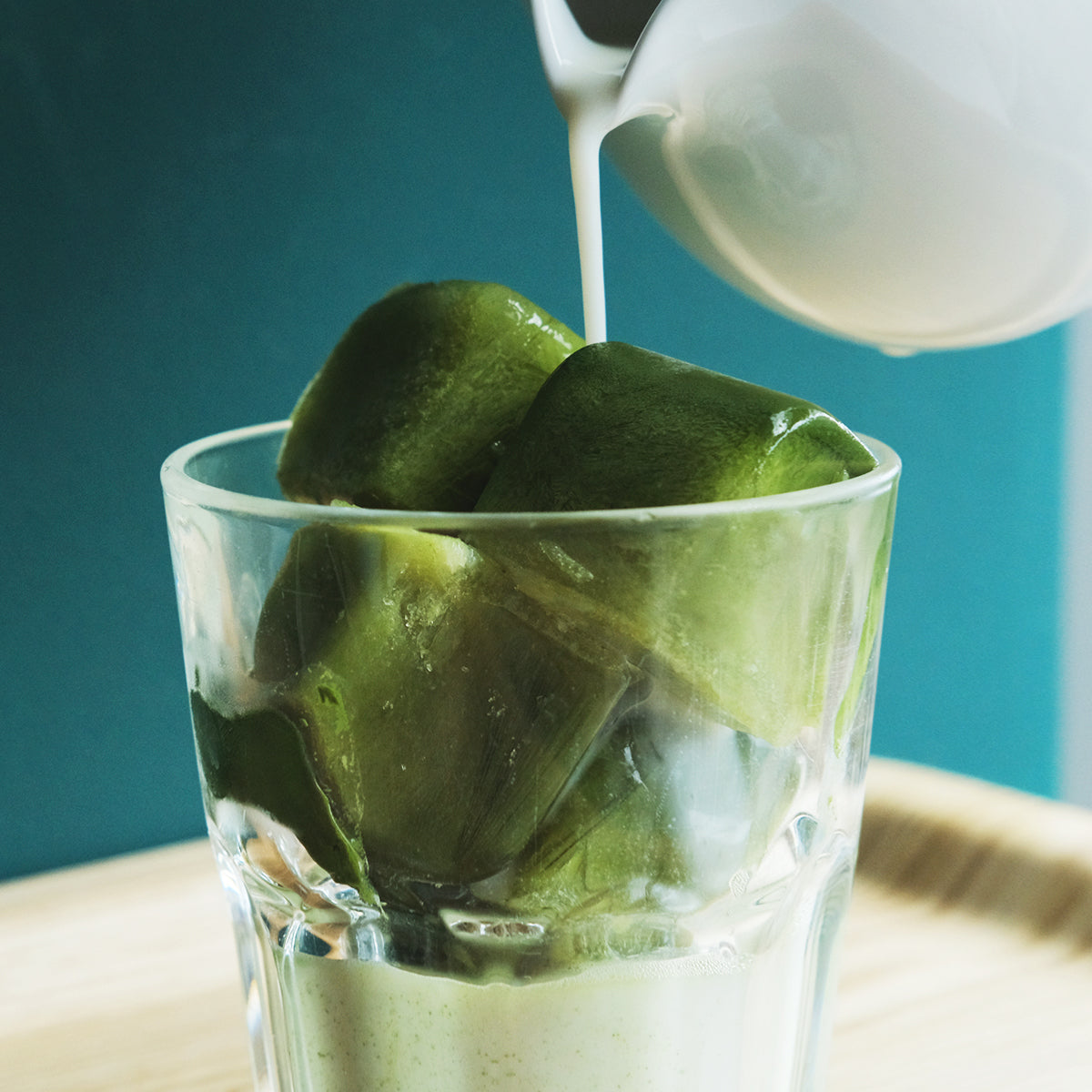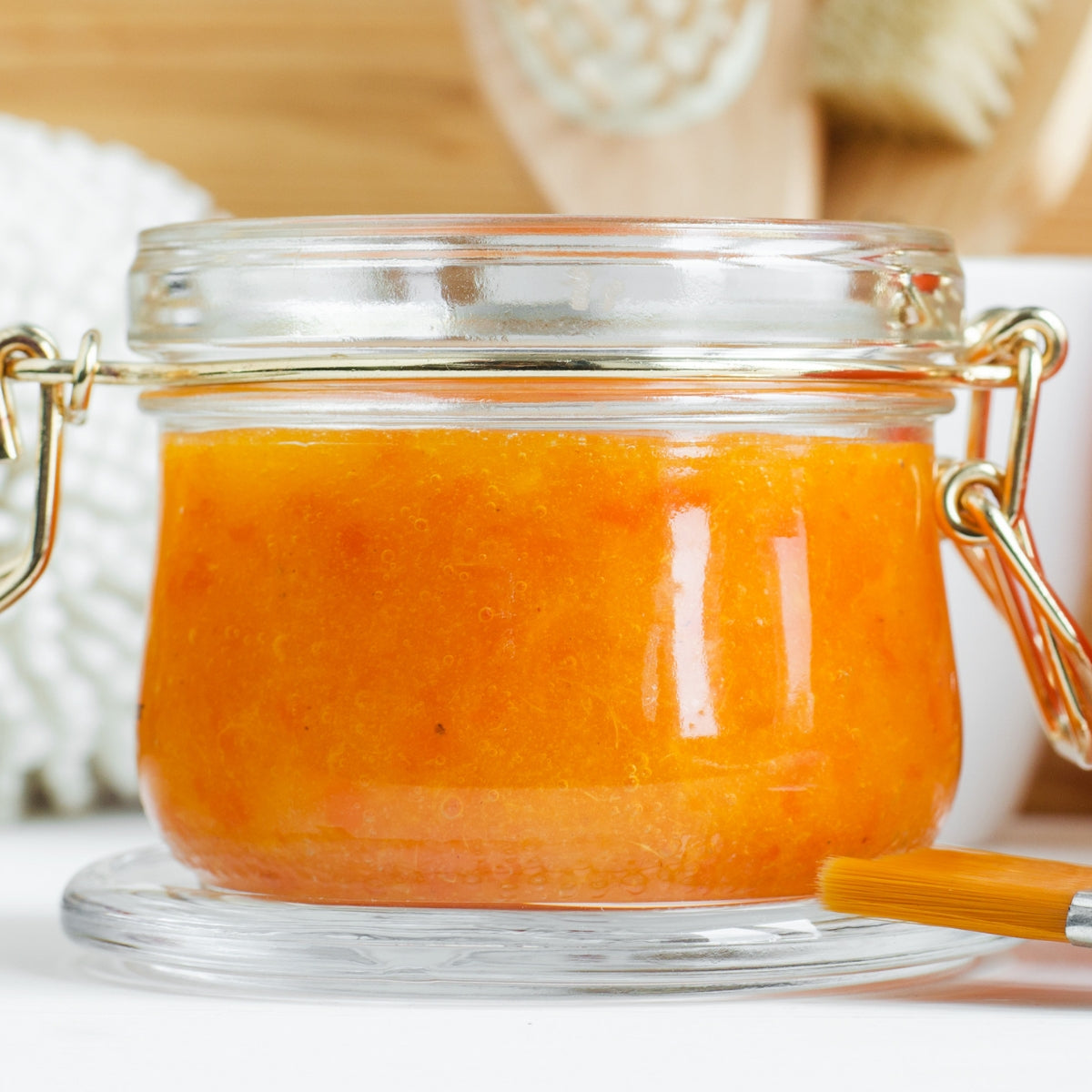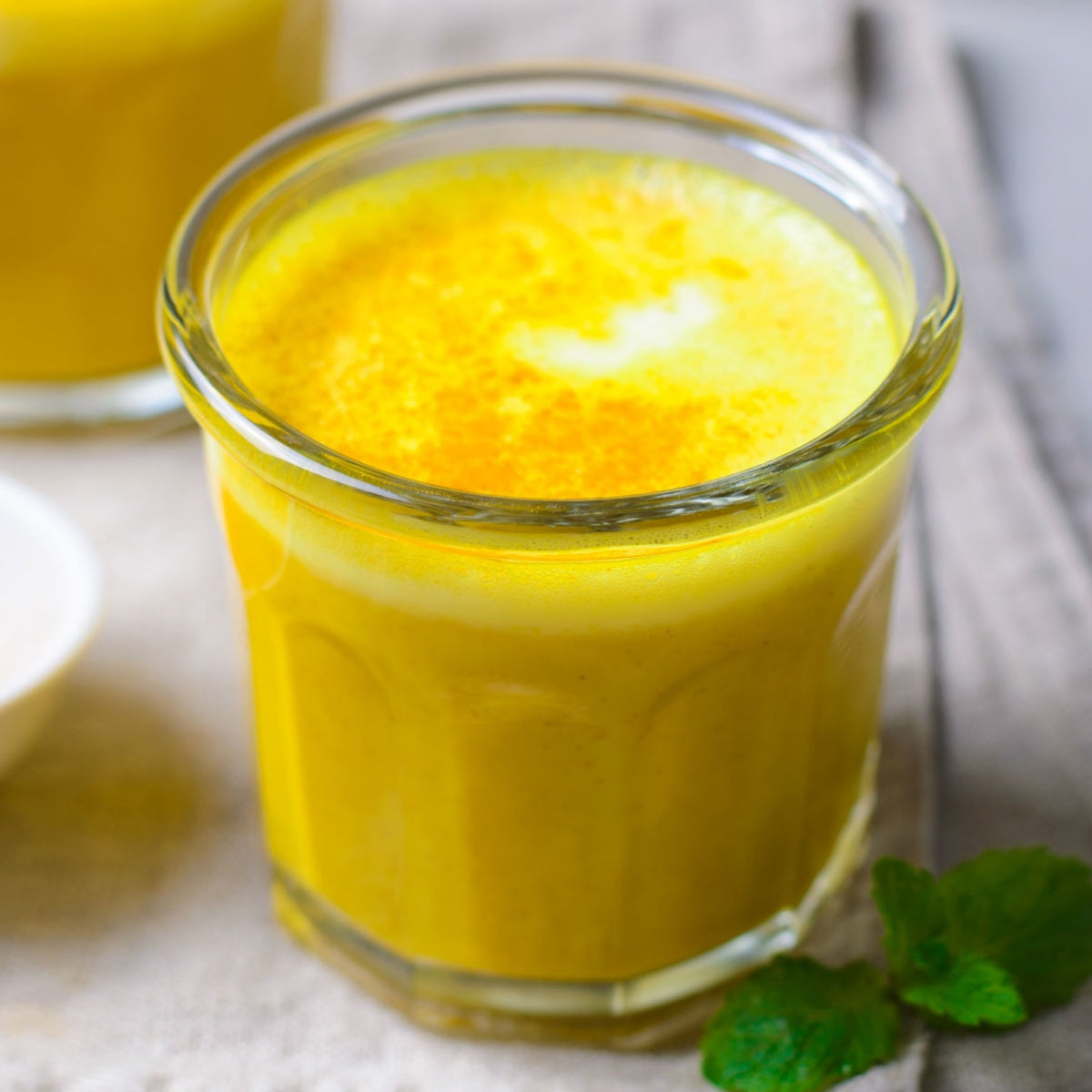Keep your kids happy, lively and balanced with ‘real food’ swaps
- Learn about foods for children’s development
- Help to avoid kids’ tamper tantrums and grumpy, hyperactive behaviours!
- Understand more about what’s hidden in ‘kids’ meals’
- Easy healthy food switches that your kids will love!

TOP NUTRIENTS FOR CHILDREN’S DEVELOPMENT
It’s great to shape your child’s tastes from an early age. Breastfeeding gives the baby flavours from what mummy is eating, and the first 3 years of life are the key time to delight and excite your little one with lots of healthy foods.
HEALTHY FATS – the brain is growing fast during the first years and the omega-3 fats DHA and EPA are vitally important for building brain cells and keeping them healthy.
Good quality oily fish are the best source of omega-3 fats; go for Alaskan salmon, sardines, mackerel.
Plant omega-3 sources like flax, pumpkin seeds and walnuts are nutritious but unfortunately they do not get converted very effectively to DHA and EPA in the body (only 0.5% of the plant omega-3 fats you eat gets converted to DHA and less than 5% to EPA).
If you’re a strict vegan, you can help the balance of fats by eating plenty of zinc and iron that help the conversion. Keep omega-6 vegetable oils to a minimum and focus instead on whole food fat sources like avocados, coconuts, whole Brazil nuts, almonds, olives, etc.
Eggs, meat from grass-fed animals and coconut are excellent additional ways to provide more of a variety of healthy fats in the diet, so don’t forget these (non-vegans).
MINERALS - kids’ foods often state high calcium as a selling point, this is because we all know it’s involved in healthy bones, but the story doesn’t end there.
*Tip*: Boost the growth of healthy bones with more than just calcium!
Potassium and magnesium provide a counter-balance for calcium and are important to keep minerals at healthy levels. Get potassium from fruits and vegetables, easy! Nuts and seeds are packed with magnesium. Dark green leafy veg, broccoli, cauliflower and Organic Burst Maca are all sources of calcium.
Don't overload your kid's diet with calcium. Balance with sources of potassium and magnesium too!
Maca is completely safe and very helpful for children to eat as it boosts their calcium intake, but also studies have suggested it improves learning and memory. [1] This is why parents in Peru have traditionally given maca to their children. Because maca also balances hormones, it can have a positive effect on children’s mood and behaviour too! Mix ½ tsp into their breakfast bowls.
Your kids need plenty of Vitamin D to ensure calcium is utilised, so it’s best not to cover them up 24-7 – take a realistic and sensible approach to sunshine, depending on where you live and the time of year, morning and late afternoon sun should be a good time to expose the skin for 20mins and boost Vitamin D levels.
If you don’t think your little ones are getting much sunshine (i.e. during winter months or if they stay inside all day) a good supplement will help raise their levels. The recommended dosage is 1,000 IU per day for every 25lbs of body weight.[2]
*Tip*: Taking 2tsp Organic Burst Baobab in a glass of water each day as it naturally contains calcium, magnesium and potassium.
Kids are much more sensitive to salt than adults, but adding a tiny bit of high quality Himalayan pink salt or sea salt to their food won’t harm, and will provide an array of minerals.
*Fact*: Spirulina is a wonderfood for kids and is recommended by the World Health Organization for helping under-nourished children! Just one tablespoon a day can eliminate iron anemia, the most common mineral deficiency.
The easily digestible protein in spirulina is especially important for malnourished children whose intestines can no longer absorb nutrients effectively. [3]
Spirulina is a wonderfood for kids and is recommended by the World Health Organization for helping undernourished children!
PROBIOTICS – babies are born with no bacteria in their gut and this needs to build up to develop good digestive ability and a strong immune system.
Give your little ones a wide range of different vegetables and fruit, and ensure they don’t eat processed and sugary foods, to create beneficial bacterial flora.
To help things along include fermented foods – try a variety of cultured vegetables, natural organic yoghurt (full fat) and kefir, or a high quality probiotic powder supplement.
*Tip*: Eat lots of different fermented foods and probiotics (not the same every day) because you need to include a variety of different bacteria strains for great gut health.
Organic Burst Chlorella helps to balance gut bacteria – add 1tsp to a banana and nut milk smoothie.
>> Read on to discover our top healthy food swaps your kids will love!
WORST INGREDIENTS TO AVOID
Kids’ food is packed with refined ingredients including processed white flour, modified starches and additives that are known to do harm and are associated with allergies, asthma, eczema, obesity.
WHEAT & OTHER GRAINS – heavily processed, often genetically modified, and is a common gut irritant (even wholegrains). Grains raise your child’s blood sugar levels dramatically, giving them an energy surge, followed by a dip and the tired, grumpy, fidgety or hyperactive behaviour that comes with it!
Gluten, the protein found in grains, is a gut irritant – even for people without an intolerance or allergy. It can trigger an immune reaction that starts in the gut and results in symptoms like tiredness, skin conditions and swelling – this can happen even if there are no obvious digestive problems.
There is a direct line of communication between the gut and the brain, and we make most our neurotransmitters in the gut. So removing gluten from the diet can be very helpful for improving brain function, learning, mood and behaviour.
The following grains contain gluten:
- Wheat (including spelt, kamut, and other varieties)
- Rye
- Barley
- Some oats
But watch out! Don’t replace wheat and the grains above with an overload of gluten-free replacement products that are full of starches from corn, tapioca, potato, which all raise blood sugar levels (cue hyperactive behaviour) and don’t offer any healthy nutrients.
The key to good gluten-free living is to focus on mainly vegetables, fruits, nuts, seeds (including buckwheat and quinoa, that are good alternatives to wheat and oats), alongside your favourite protein foods.
Removing gluten can be helpful for improving kids’ brain function, learning, mood and behaviour
SUGAR – this ingredient (in all sweet foods like candy, desserts, cake, cookies, etc.) makes kids go CRAZY! Energy ups and downs caused by sugar affect children’s moods and behaviour, plus sugar contributes to tooth decay. In the longer-term, an excess of sugar could cause serious health conditions including diabetes and obesity.
*Tip*: The best gift you can give your child is helping them not to develop a sweet tooth.
ASPARTAME AND OTHER SWEETENERS – diet sodas, chewing gum, and candy that contain non-sugar sweeteners, are in fact no better than the fully loaded sugary version. These chemicals are toxic to the brain and also encourage a sweet tooth. Research has shown that they trigger cravings for high calorie foods.
VEGETABLE OILS – despite previous health advice that vegetable oils are a healthy alternative to saturated fats, refined vegetable oils are now known to damage your health. They are made with chemical processing, refined and bleached.
Above all, they are exposed to oxidation, which means the fats contain free radicals that destroy the body’s cells.
Avoid refined, processed and heat-treated vegetable oils including:
- Canola
- Safflower
- Sunflower
- Soya
- Corn
- Margarines
Cook instead with ghee, grass-fed butter or coconut oil and use extra-virgin olive oil cold in dressings.
HEALTHY KIDS’ FOOD SWAPS
Here’s how you can easily swap these unhealthy foods marketed to children for the healthy alternatives.
|
AVOID |
WHY |
REPLACE WITH |
|
Breadsticks |
Refined, gluten-containing wheat that irritates the gut lining and raises blood sugar levels. |
Cucumber sticks, grilled avocado sticks in coconut flour, sweet potato chips |
|
Kids’ Cereal |
Genetically engineered grains, high levels of added sugar, colourings, additives such as trisodium phosphate that can upset mineral balance. |
Homemade grain-free granola, courgette and cheese muffins, quinoa flake porridge or buckwheat flour, coconut flour and maca pancakes. |
|
Fruit Yoghurt |
Added sugar, emulsifiers, stabilisers and thickeners like modified starch. |
Natural/Greek or coconut yoghurt with homemade apple puree or sugar-free blueberry compote. |
|
Pasta |
Refined, gluten-containing wheat that irritates the gut lining and raises blood sugar levels. |
Spiralized courgettes, butternut squash or a bowl of quinoa. |
|
Chicken nuggets |
A long list of additives including sodium phosphates, sodium acid pyrophosphate, sodium aluminum phosphate, monocalcium phosphate and calcium lactate that are potentially damaging. |
Organic chicken thighs, seasoned simply with herbs and lemon. |
|
Fish fingers |
Wheat flour, potato starch, yeast, salt, refined vegetable oil. |
Fish without the breadcrumb coating. Or make a coating with coconut flour or ground pumpkin seeds and grill in the oven. |
|
Mini pizzas |
Processed cheese, refined vegetable oil, additional modified starches. |
Omelette with vegetables, sundried tomato paste and cheese or nutritional yeast. |
We know you’re doing a great job for your kids, let’s help get them into healthy eating habits for life!
REFERENCE
[1] Evidence-Based Complementary and Alternative Medicine Volume 2012 (2012)
[2] The Vitamin D Council
[3] Intergovernmental Institution For The Use Of Micro-Algae Spirulina Against Malnutrition














